Kusatsu Onsen
Kusatsu Onsen is a hot spring town in Gunma prefecture
Amongst onsen areas in Japan, it consistently ranks in the top 3
It is said to offer the most natural hot spring water of any onsen area in Japan
A small town for onsen hot spring lovers. Kusatsu Onsen is one of the premier hot spring areas in Japan, and the town is even centered around it.
Located in Gunma prefecture, it’s a trip of about 3-4 hours from Tokyo by car/bus.
How to get there
I went by car, and it’s the easiest way to get to Kusatsu Onsen. There are no train stations in the area. From Tokyo, catching a Kosoku Bus from Shinjuku or Tokyo Station is a decent option.
About Kusatsu Onsen
The Kusatsu Onsen town area is small, with a little more than 6,000 residents. It’s a popular destination to drive to, particularly for Japanese residents living in nearby prefectures.
One of the aspects that makes Kusatsu Onsen unique is, well, its water. There are 6 hot spring sources in the area: Yubatake, Shirahata, Bandaiko, Sainokawara, Nigawa, and Jizo.
This makes the area have the largest amount of naturally heated spring water out of any area in Japan.
The main town area is built around the Yubatake spring. Its wooden troughs are meant to naturally cool down the piping hot water, and filter and collect “yunohana” hot spring mineral deposits which can be sold later.
A lot of the buildings in the area are distinctly Japanese. The 7-11 in the main area made their signs brown and white, which is what convenient stores and chains do when they set up a location in these cultural areas.
Where we stayed
There are many Japanese-style ryokans and hotels to choose from. We stayed at the Matsunoi, an older, more traditional, family-run ryokan with dinner and breakfast included.
Rooms were Japanese-style with tatami flooring. Guests sleep on futons laid out, and the shared natural onsen bath is downstairs.
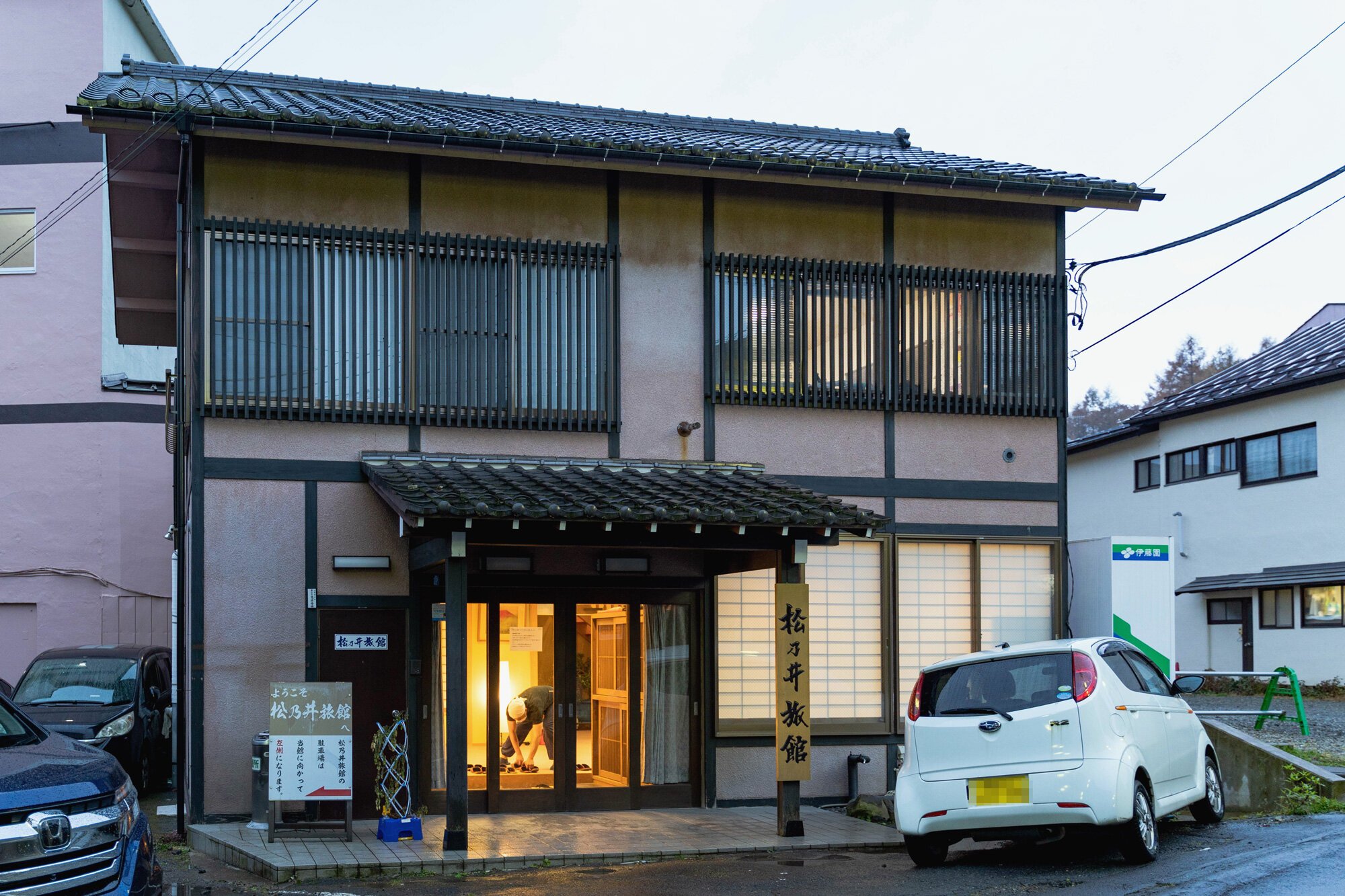
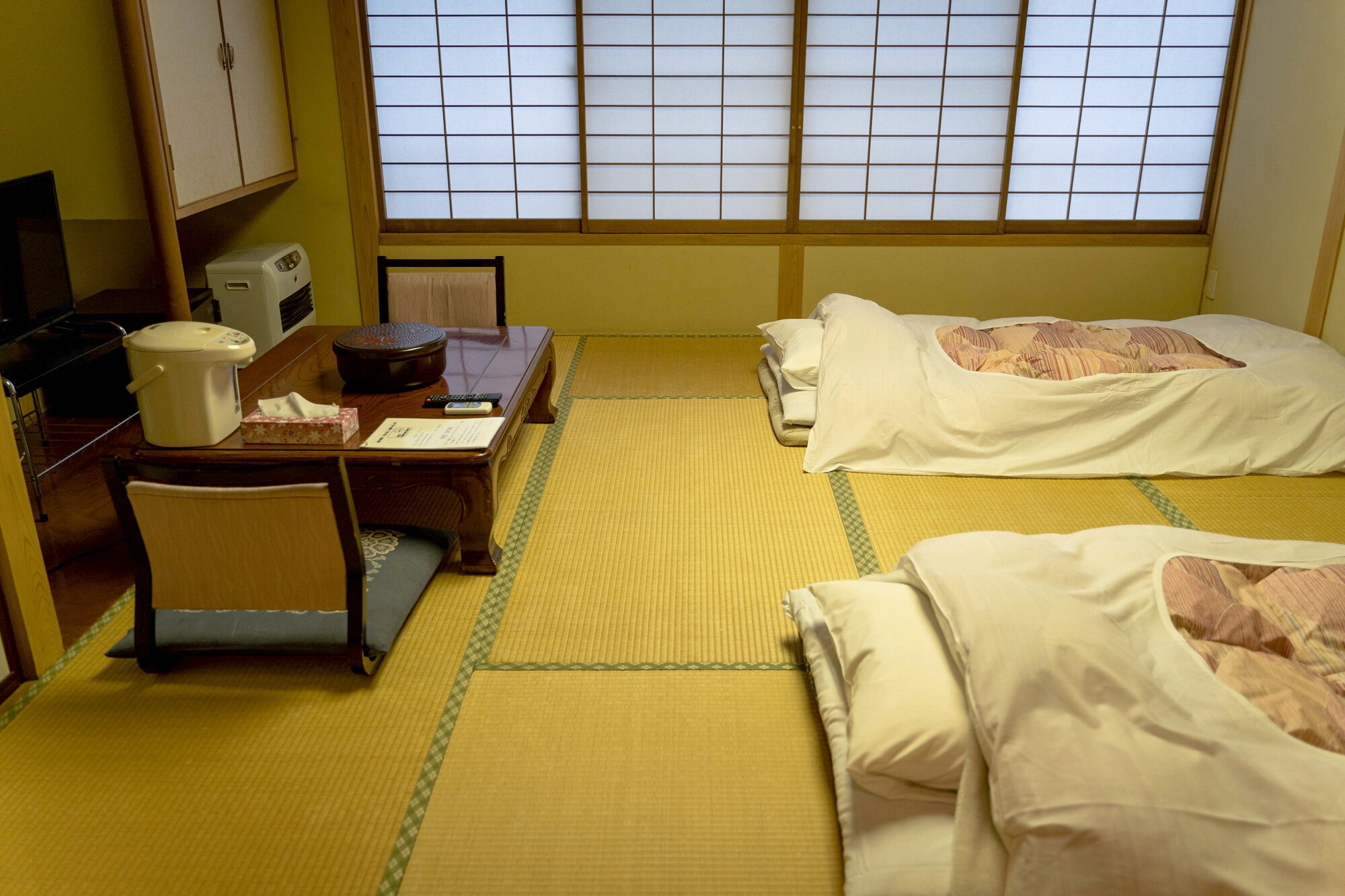

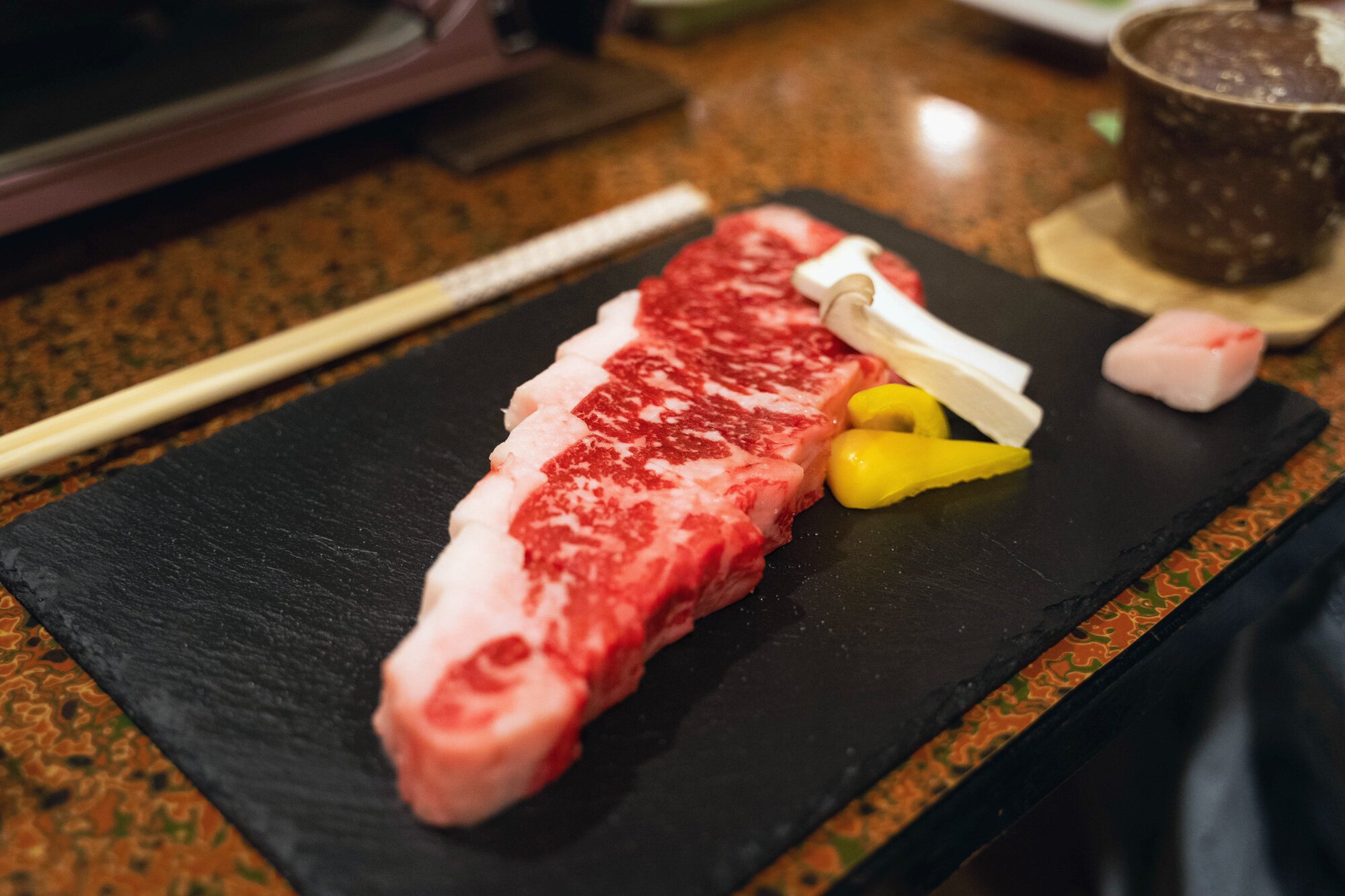
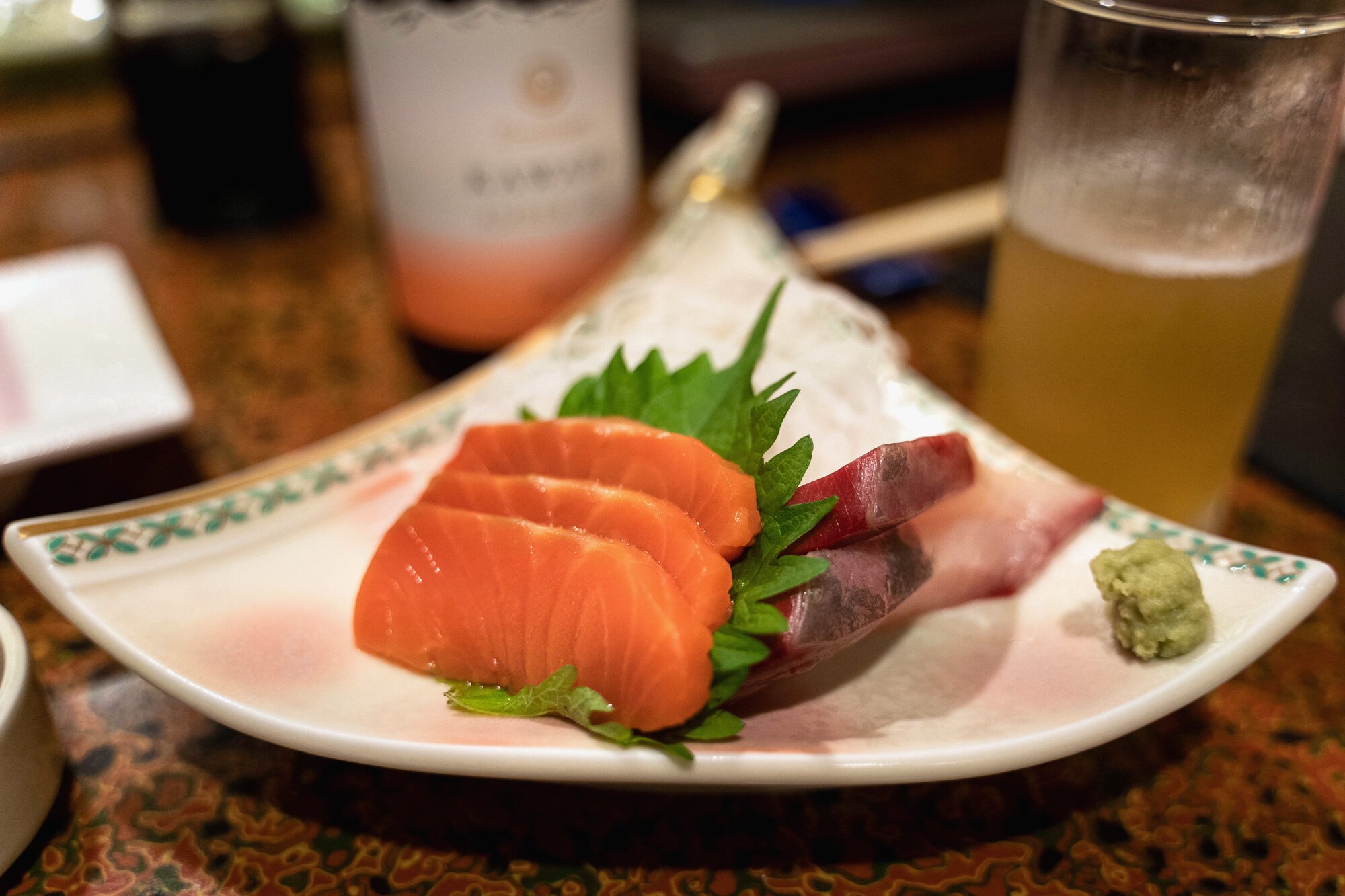
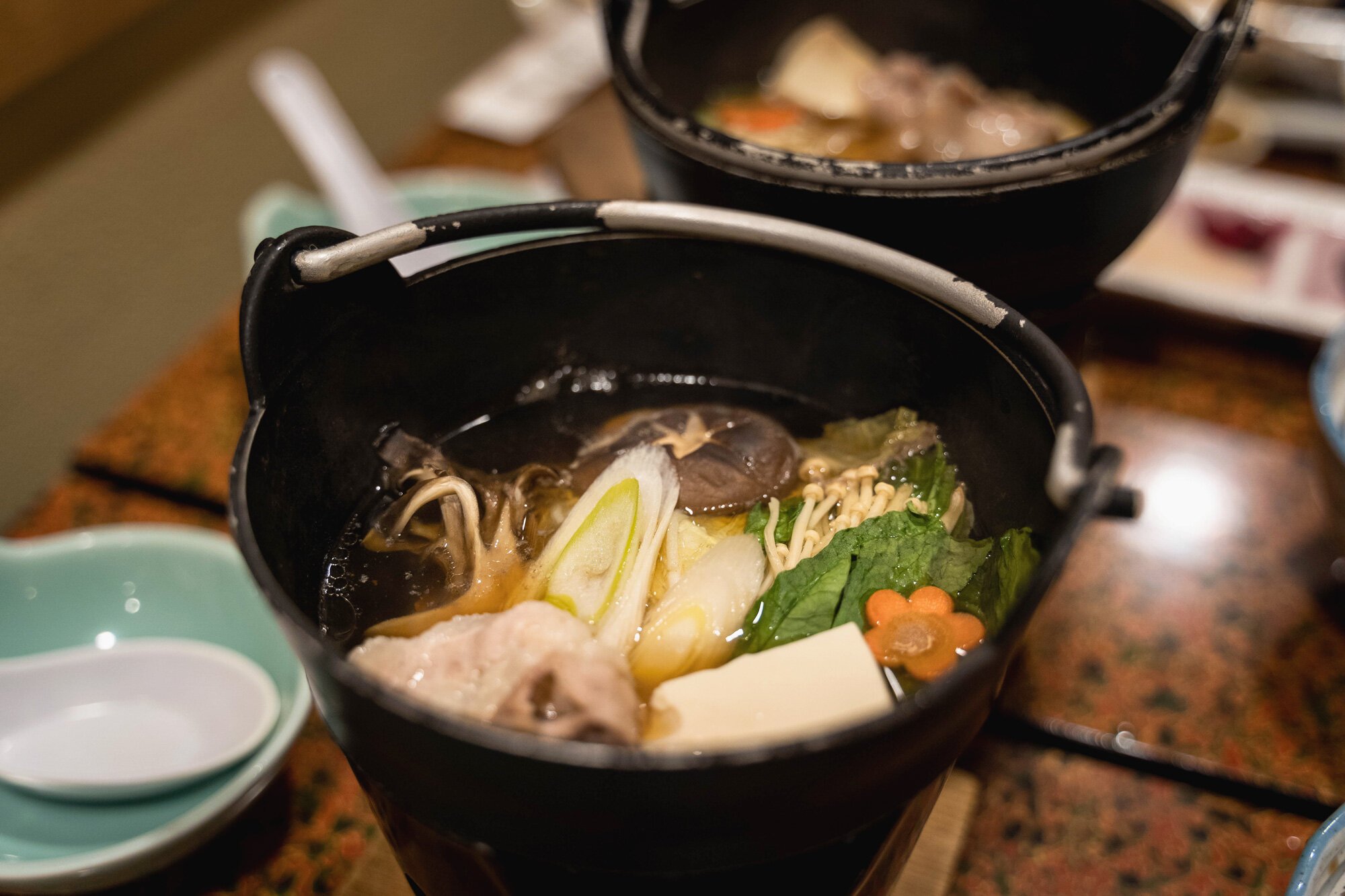
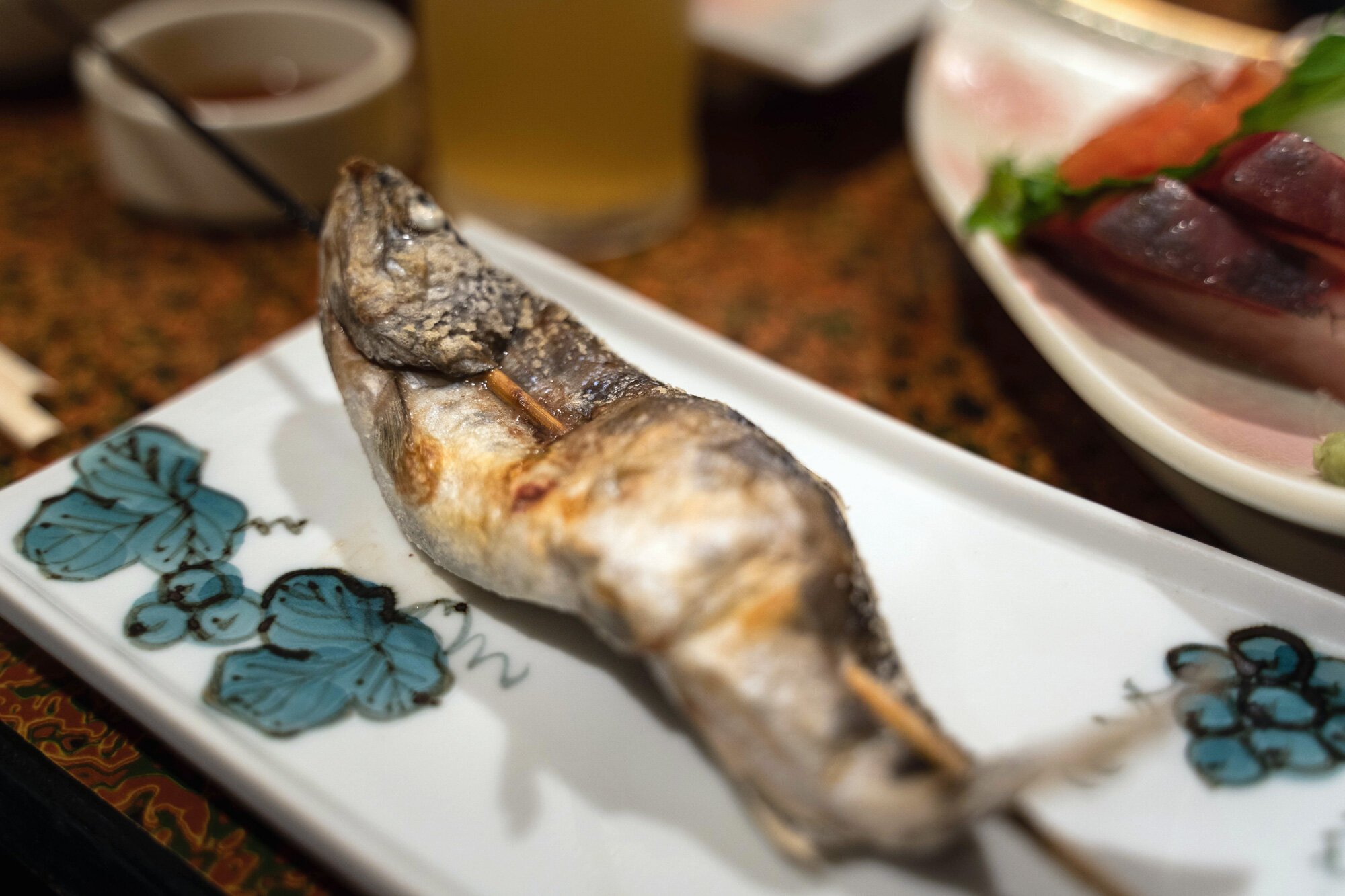
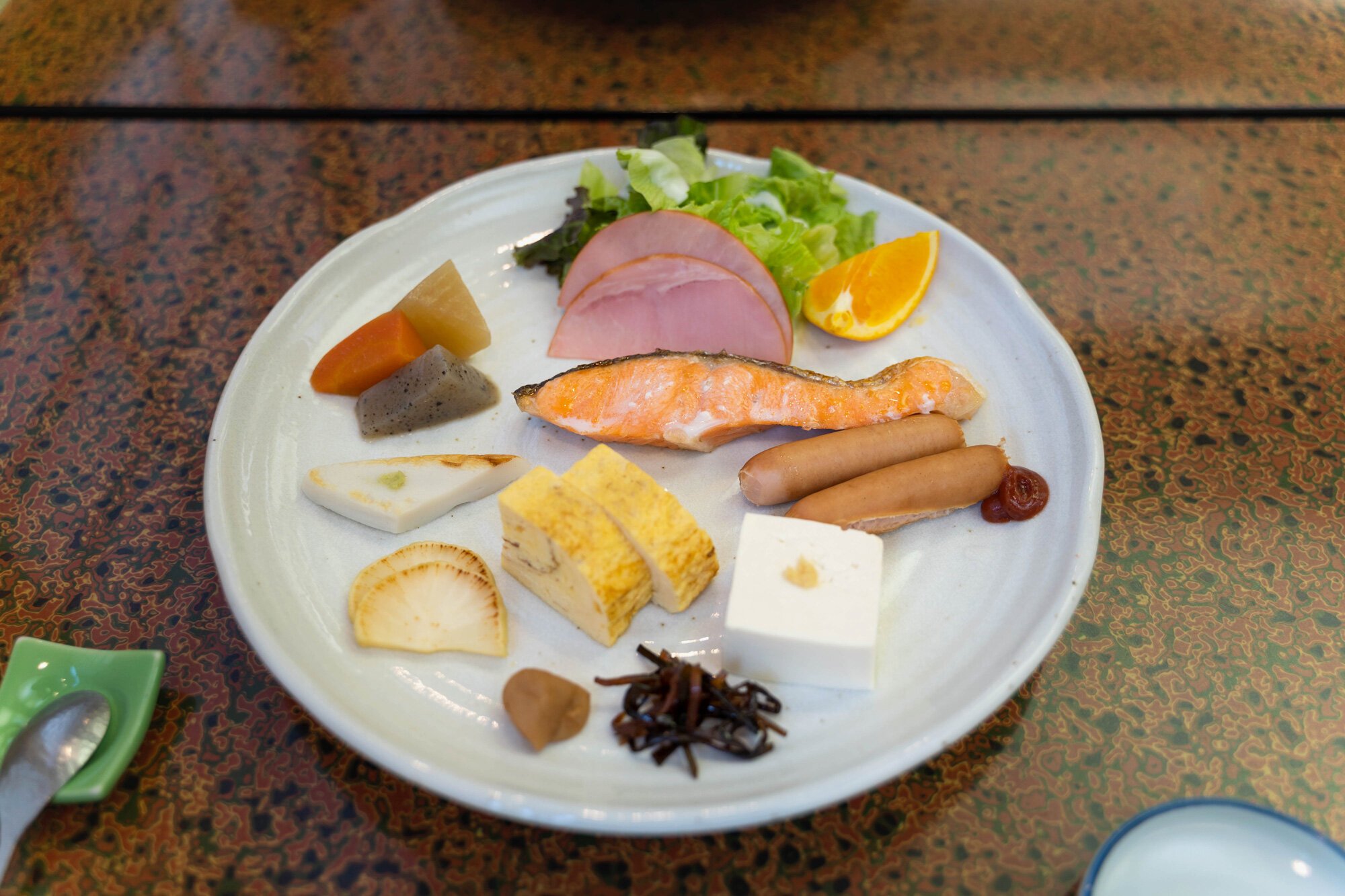
The ryokan overall had friendly service and is a short 5-minute walk from the main, Yubatake area. At its price point of roughly USD $130/person/night with the upgraded local Wagyu “Joshugyu” dinner, it’s a pretty good deal.
What we did
As with most onsen trips, the main focus is relaxing in the onsen. On the 2-day, 1-night stay, I went down to the bath around 3 times.
While the bath at the Matsunoi Ryokan wasn’t luxurious and didn’t have a view, the steady flow of hot spring water was actually quite relaxing. The water itself had a silky feel to it, leaving your skin feeling nice and smooth.
Yubatake
Basically being what the Kusatsu Onsen town is built around, it’s hard to miss Yubatake.
We came here both in the evening and in the daytime, and they’re both quite photogenic different views. In the evenings, the area is lit up and the illuminated clouds of steam make for nice pictures. That is probably one of the reasons why many younger Japanese flock here.
In the area, you can catch a show of people doing yumomi, a method of swishing the water to a chant in order to cool it down.
Sainokawa Park
On the way to Sainokawa Open-Air Bath (didn’t get to go) is a nice walk along a rocky riverbed of flowing, hot spring water.
We went in the fall, so the colorful leaves created a beautiful landscape to be in. You can see the steam rising from the water all the way up.
With only one night in the area, we were barely able to experience what Kusatsu Onsen actually has to offer. But we were able to kick back and relax.
That’s the point of onsen trips after all!

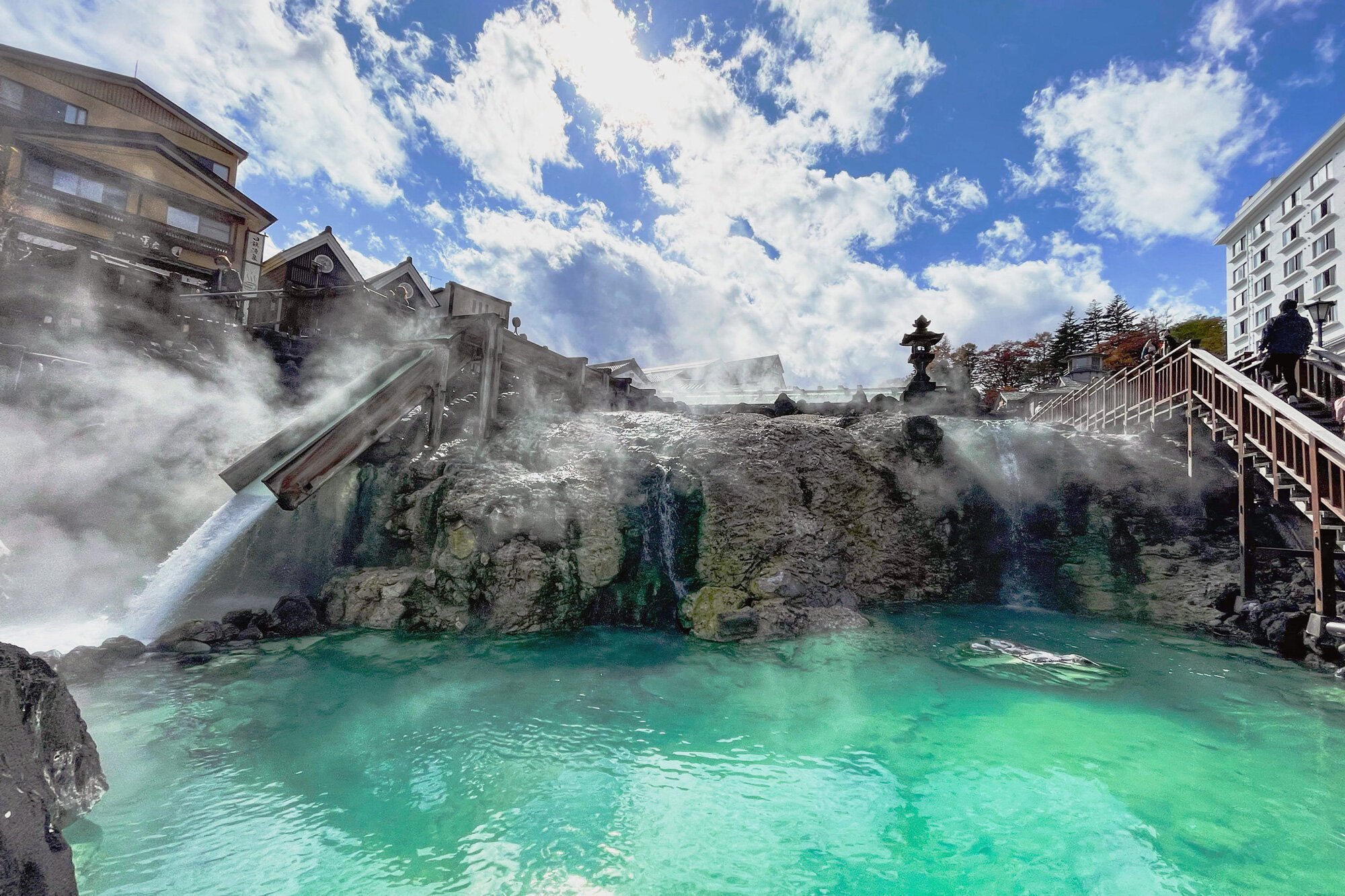









Visiting the Furano area of Hokkaido in the summer, a popular tourist destination for Japanese